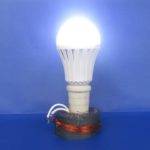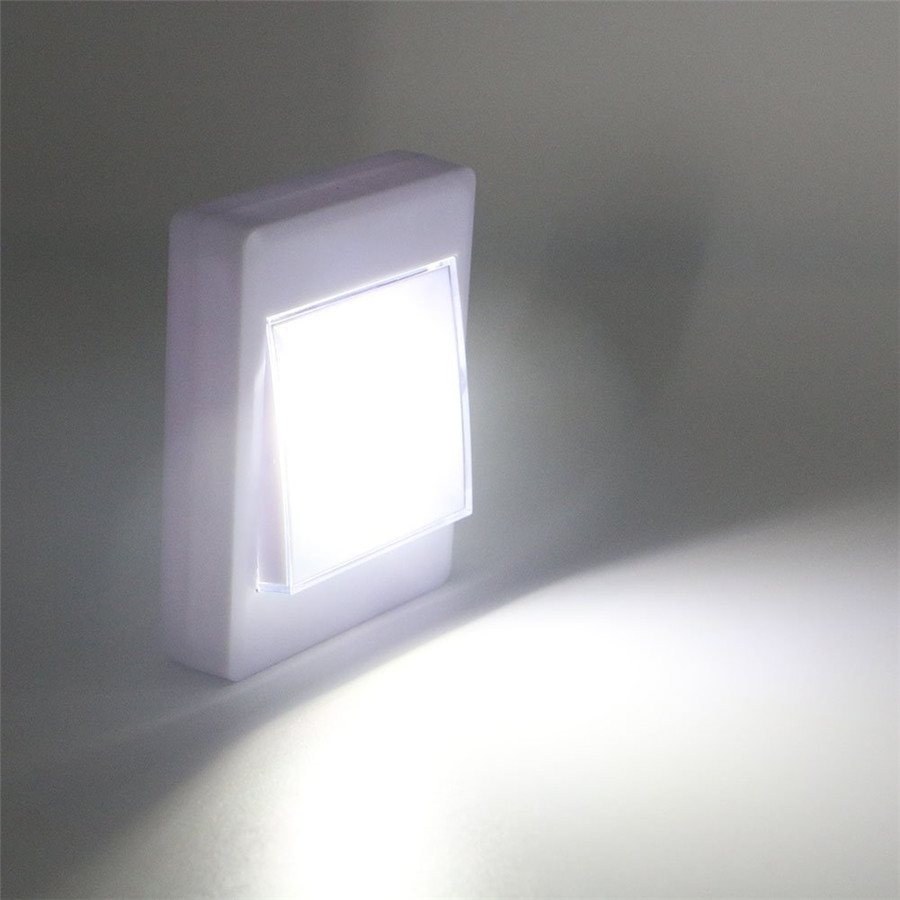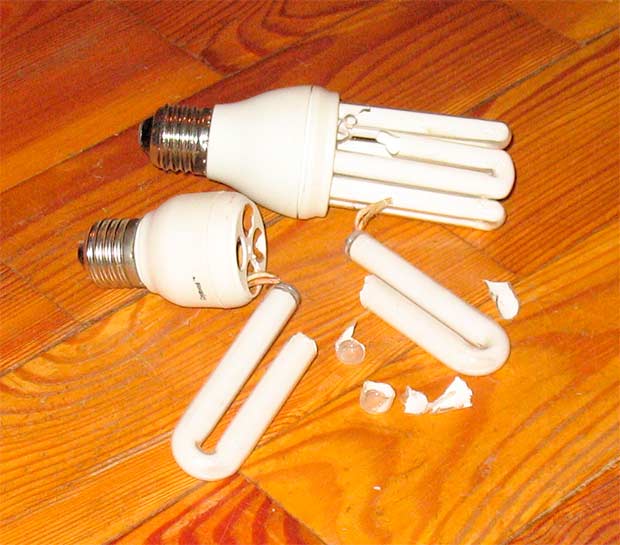How to paint a light bulb: options for different colors
We all know how much light changes what surrounds us. The same room under different lighting can change beyond recognition. Naturally, one white light bulb will not be enough for this; often you need to use multi-colored light sources. The trouble is that they are not very easy to find, and they are much more expensive than usual. There is only one way out - to paint ordinary lamps yourself. We will try to consider in detail how to do this and with what.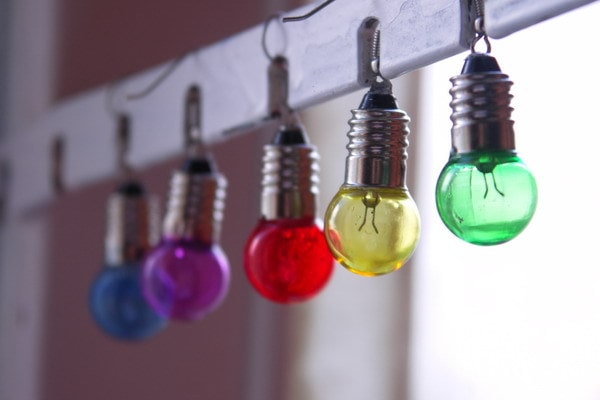
The content of the article
Why may a lamp need to be painted?
Before you go to the store and buy this or that dye, think about whether it is suitable for the task at hand. Recently, coloring standard light bulbs has become a popular alternative to purchasing initially colored options.
Dyes are usually used to:
- Prevent the possible theft of a light bulb from the entrance. A fairly common situation is when a newly installed light bulb disappears without a trace. Usually they steal them in order to sell them later in the passage, or to screw them into their apartment instead of the burned one. It’s easier this way - you don’t have to pay. But if it’s painted, you can’t sell it, and it’s of little use at home.Therefore, repainted lamps are less likely to disappear from entryways.
- If you want to create light music at home, then you can’t do without colored light bulbs. This variety of colors contributes to various home parties and festive events.
- Lamps of different colors are very convenient to divide a room into zones. And not just a room - the entire apartment can be zoned in this way. A bright dye is not needed for this; rather, on the contrary, muted tones are better suited.
- And in terms of decoration, such light bulbs can be an invaluable help. You can make interesting lighting for the shelves, or you can generally create a variant of different lighting in the room. It always looks great.
Of course, you don’t have to worry about painting it yourself, but buy ready-made lighting elements. Everything would be fine, but one “but” gets in the way. Not even one, but two. If you paint the light bulbs with your own hands, you can save almost 60% in price. And if we talk about the color scheme, then there is nothing to argue about. In finished form, the choice of colors is quite modest.
Naturally, there can be many and very different purposes for painting. The main thing is to remember the right choice of dye. Remember, if it is chosen correctly, then the light bulb does not cease to be a light bulb and can calmly continue to shine, even if it is painted a gray-crimson color.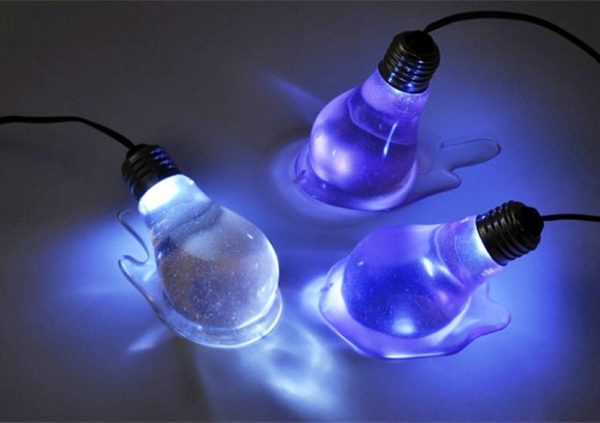
Difficulties in painting at home
Before you grab your brush and enthusiastically begin to give the light source a new color, remember that a light bulb that is turned on tends to get very hot. This is the main thing that needs to be taken into account when planning to color it.
If the dye taken does not tolerate exposure to high temperatures, it will soon dry out and crack.This will not only compromise the visual integrity of your masterpiece, but may also cause the device to overheat while the pigment is melting.
Different light bulbs heat up differently:
- with a capacity of 25 watts (as well as energy-saving ones) they heat up to 100 degrees;
- with a capacity of 40 watts they heat up to 150 degrees;
- with a capacity of 75 watts - up to 250 degrees;
- halogen, with a capacity of 275 watts, heats up to 550 degrees;
- the most “cold-blooded” of all are LED ones, their heating is up to 50 degrees.
The lower the operating temperature of the lamp, the easier it is to choose paint for it. And the result will ultimately last longer. The worst situation is with halogen lamps. Their temperature is so high that almost none of the paints can stay on them for more than thirty minutes.
The easiest way to paint LED lamps. They hardly change their temperature; heating occurs only in the power source, which is located at the very base. But it does not interfere with painting, since paint is not needed there at all. These are the most convenient types of lighting fixtures for repainting.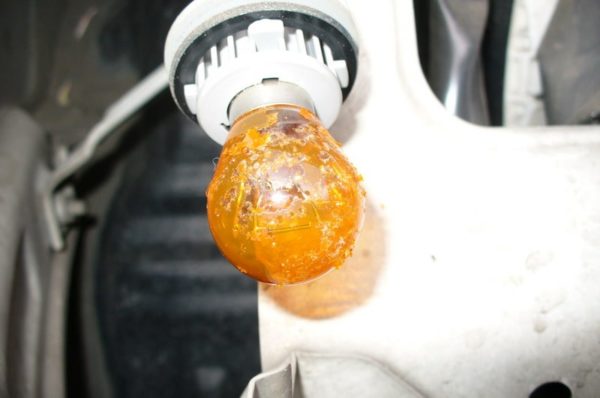
How and with what to paint a light bulb red, green or another color
In order to successfully change the original color of a light bulb to another and maintain its working properties, you need to carefully approach the issue of choosing paint. As we have already learned, we need one that can withstand the heating temperature of the lighting fixture without melting, drying out, or becoming cracked. If you paint with simple paint, it can end unpredictably.
When choosing a dye, first of all think about what the final result should be. This is the only way to find a suitable paint option that will not only paint over the glass, but also not spoil the result.
Nail polish
Since the time of our grandmothers, nail polish has been used to make garlands for the Christmas tree. In those years there was not much choice; they used ordinary incandescent lamps and repainted them with varnish. Very comfortably. The varnish has many different color shades. If you want, make the light bulb green, but if you want, make it gradient.
There are other advantages to this women's paint product:
- has excellent adhesion, lies evenly on the surface, does not form streaks, does not crack or chip when heated;
- can be used at temperatures up to two hundred degrees;
- if applied in a thick layer, it lies evenly and has no unevenness, which is clearly visible when the light is on.
Attention! But do not forget that varnish can only be used for those lighting fixtures that cannot heat up more than two hundred degrees. Otherwise, the varnish coating will melt and flow.
This varnish can be used as a base if it is colorless. Thanks to its unique adhesion, it interacts well with other types of dyes.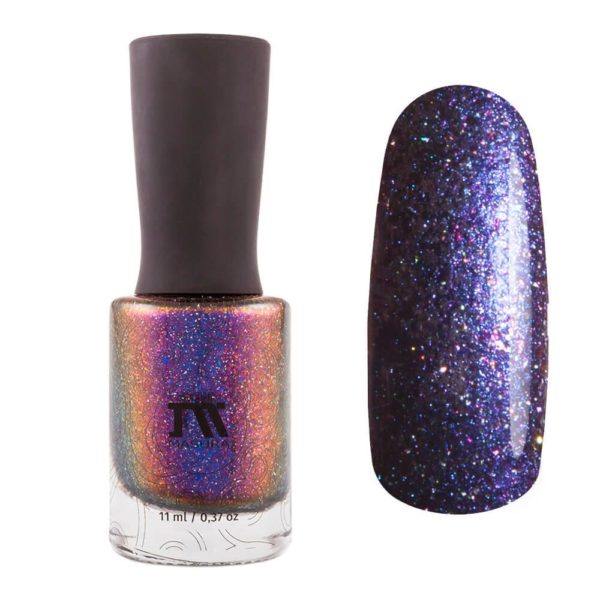
Ballpoint pen paste
As a rule, in most cases the lamps are painted blue. The method is very simple and inexpensive. You don't even need to buy anything. All you need to do is take a ballpoint pen refill.
It is easy to extract dye from the rod:
- take pliers and pull the tip out of the rod - there will be no obstacle for the dye, and it can flow out of the rod;
- to speed up the process, take and blow into one end of the rod, while holding the other over a piece of paper or over some container where you can collect all the paste;
- We hold the light bulb by the base and paint the entire surface with a brush.
As soon as the first layer has dried, you can repeat the procedure, thereby achieving a more uniform coloring.
Reference. To make painting easier, you can add a few drops of solvent into the paste. True, in this form the paint will stick worse to the flask, constantly tending to flow down.
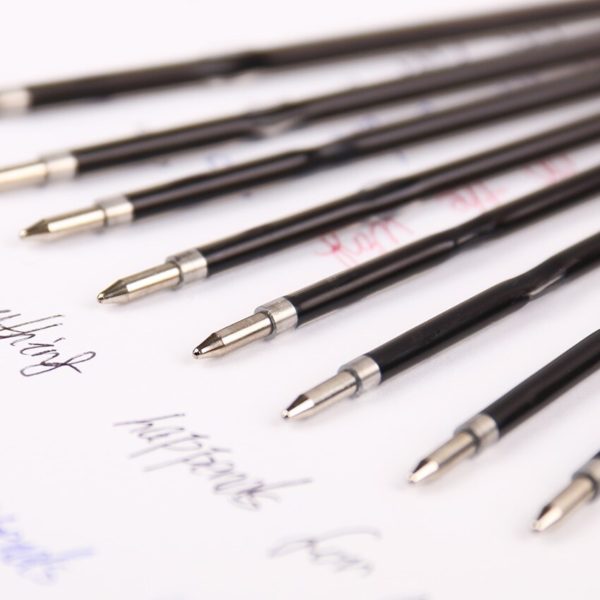
Tsaponlak
The main purpose is to coat the internal parts of various devices to prevent overheating, as well as possible short circuits. Inside radio-electronic devices, the heating temperature can easily reach one hundred and fifty degrees, so this varnish can safely be used to paint light bulbs that heat up to no more than two hundred degrees.
Since parts often have different color markings, in terms of color scheme There is plenty to choose from.
Reference. Even if you only have colorless varnish at your disposal, no one forbids mixing it with the same ballpoint pen paste. The varnish fits perfectly on the surface of the lamp, while remaining heat-resistant.
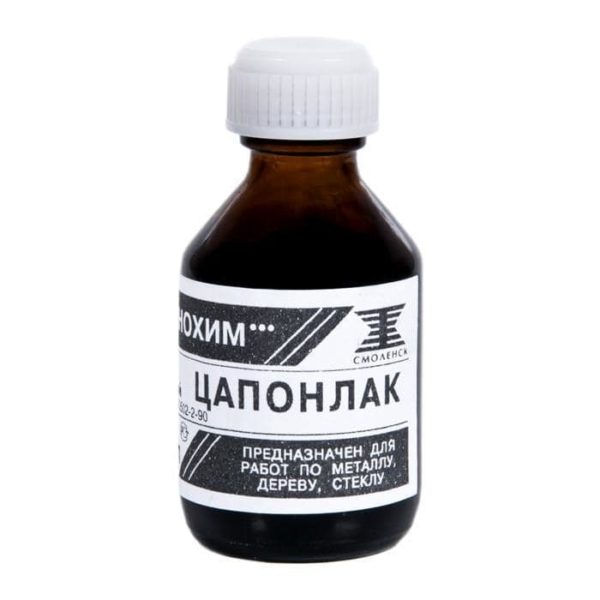
Automotive enamel
Car enamel can also be used quite successfully to repaint light bulbs. You just need to remember one nuance. The applied layer is quite dense, since the purpose of the enamel is to hide various scratches. This imposes some requirements on the careful use of the dye.
Enamel can be used to paint light bulbs that heat up to a maximum of two hundred degrees. Exceeding this thermal threshold will cause the coating to melt.
The aerosol can should be kept no closer than forty centimeters from the surface. There is no need to continuously press the button - it is better to do this in small doses. You should not apply the coating twice, otherwise the surface will be covered with a dense and opaque layer of paint.
Reference. The obvious advantage of automotive dyes is their wide color range. You can choose any shade of color, be it pearlescent or metallic.
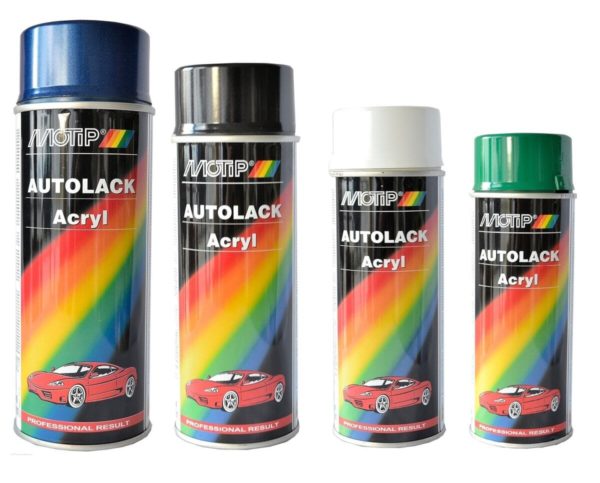
Organosilicon
This product works great even with lamps that get very hot. It can withstand up to six hundred degrees. This means that it can “coexist” perfectly with halogen lamps.
Before application, it must be diluted with a solvent. Then it will be evenly distributed over the entire glass surface. But it is usually used as a protective agent. First they cover the lamp with it, and only then, on top of it, apply regular dye.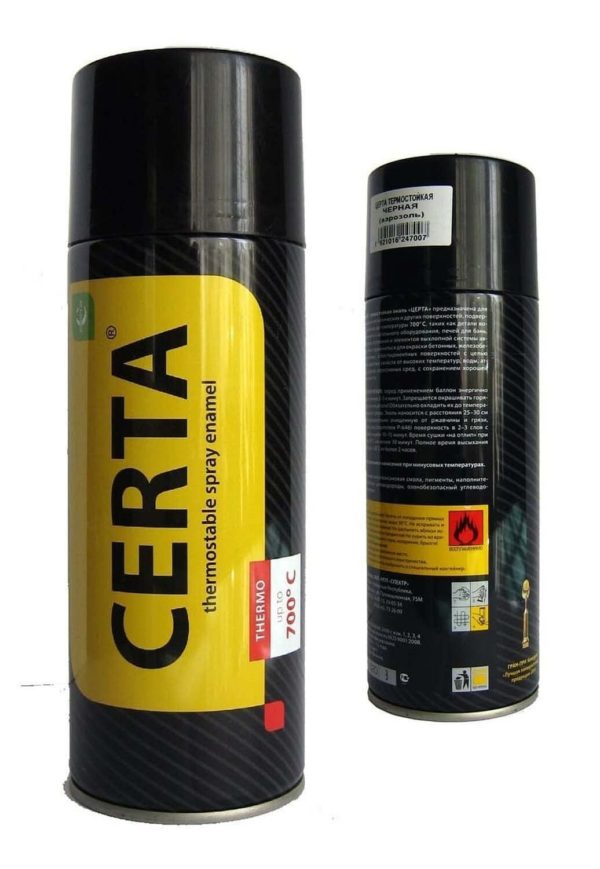
Stained glass paints
You can also use stained glass paints, although not all of them. To repaint light bulbs, you need to choose a dye that is soluble in water and requires further firing. Such paints are not afraid of any heat, and the more the glass heats up, the stronger they become.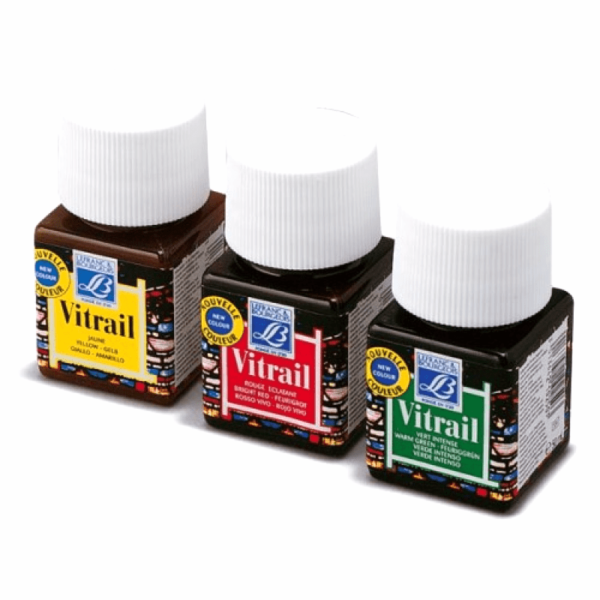
Their only drawback is the cost. One bottle of fifty milligrams costs about three hundred rubles.



